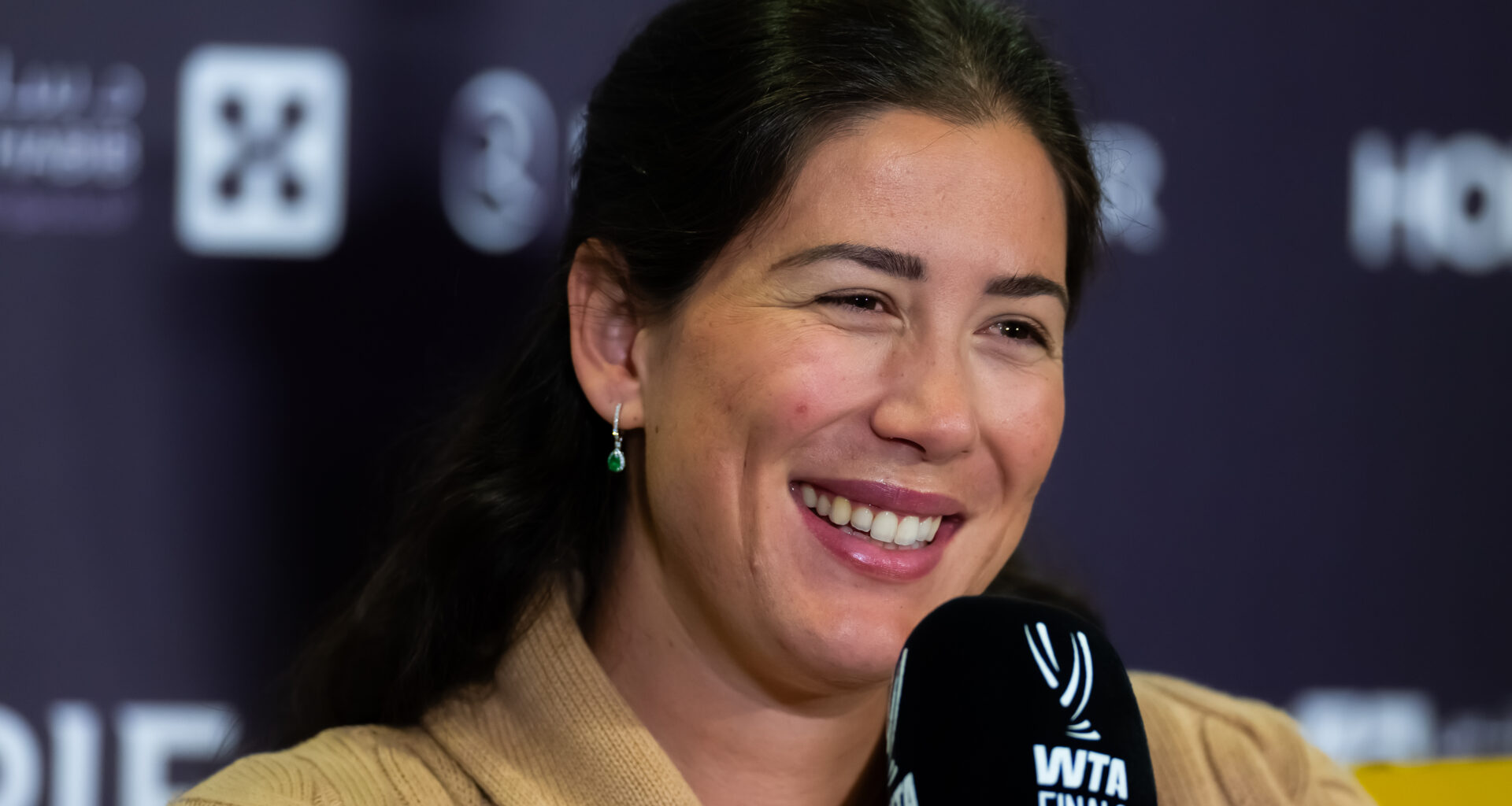RIYADH, Saudi Arabia –Back in the day — 1994 to be precise — the WTA Finals had a far different shape and feel. As 18-time Grand Slam singles champion Martina Navratilova will tell you, there was zero margin for error.
“It was a single elimination draw with 16 players,” Navratilova said recently from her home in south Florida. “I lost to Gabby [Sabatini] in the first round — and that was my retirement.
WTA Finals: Groups | Scores | History
“I said, `If she keeps playing like this, she’ll win the whole thing.’ And she did.”
Indeed, the unseeded Sabatini won the Virginia Slims Championships final at New York’s Madison Square Garden over Lindsay Davenport 6-3, 6-2, 6-4. That’s no typo — at the time, they played a best-of-five final.
The total purse divided among 32 players was $3.7 million, and Sabatini’s victor’s share was $250,000. That’s precisely the same amount this year’s singles alternates will pocket; singles players get $335,000 just for showing up — and $350,000 for each win in group play.
The WTA Finals unfold Saturday in Riyadh, Saudi Arabia.
Garbiñe Muguruza has a unique vantage point. She was the WTA Finals singles champion four years ago in Guadalajara — and now she’s the tournament director.
“It’s mentally very tough because you know there is not one day that you can even relax a little bit,” Muguruza said Friday. “If it’s not the day of the match, the day in between you already need to prepare and know that now I’m playing against this other player, all the achievements they’ve done. It’s mentally tough knowing that every single match you have to be on your 100 percent or at least 80 percent.
“The round-robin format, this is something so interesting. It gives you that opportunity to still win even if you lose the match. It happened to me. When I won Guadalajara, I lost a match. I was like, `Oh, man, am I still going to make it?’ I did because of the points, the math that you have to do.”
Over the years, Sabalenka said she’s learned to try and not do the math. That’s because in four previous singles appearances, she’s never gotten over the finish line. She’s been 2-1 in round-robin play the past three years but fell twice in the semifinals and once in the final, in 2022 to Caroline Garcia in Fort Worth. What has she learned?
“Honestly,” Sabalenka said, “I think I don’t know the answer. I think before I was thinking too much about the round-robin matches. I was just focusing. I would win couple matches, then really tricky for me to play full in the third one.
“I think the goal is just to completely forget about round robin and just play like a tournament. Every match matters, and you have to go and fight and not waste your energy of thinking, counting, doing this math situation.”
Despite that abrupt ending in 1994, no one ever had more success at the year-end championships than Navratilova. Between 1978 and 1986, she won eight of the 10 tournaments. The event was staged twice in 1986, due to a global scheduling change — and she won them both. Serena Williams and Steffi Graf are next in line with five year-end titles each.
Navratilova likes today’s round-robin format, where eight players are separated into two groups and play each other once to determine the four semifinalists. And because they are the top eight singles players in the world, it’s essentially an All-Star contest — but with huge consequences.
“It’s a great way to go,” Navratilova said. “You have to be ready from the first round. The format is unforgiving and forgiving at the same time. It’s possible to lose two matches and still get to the semifinals. You can also win two matches and not advance. You need to beat top players, but you can squeak through with one win.”
Since the reintroduction of the round-robin format in 2003, three players have reached the semifinals at the WTA Finals despite losing their first two matches: Venus Williams in 2009 (finalist), Agnieszka Radwanska in 2015 (champion) and Dominika Cibulkova in 2016 (champion).
“It gives you some leeway,” Navratilova said, “but at the same time you’ve got to beat a Top 10 player. Everybody’s in the same boat. This is the fifth major, and it’s a nice little payday. Playing the last tournament of the year, no matter how tired you are, you see the end of the road. You leave it all hanging out. It’s early November, so you have some time to put your feet up, take a vacation and recover.”

